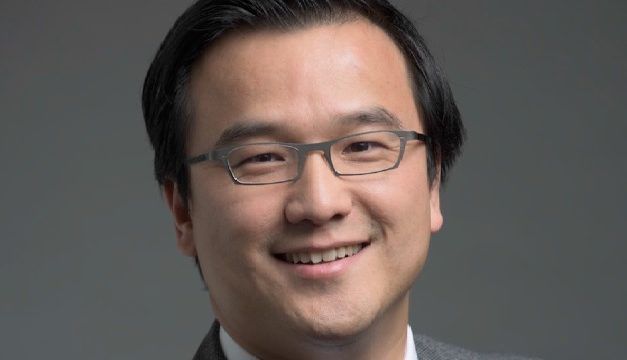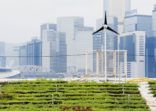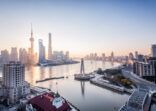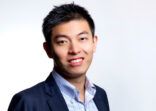Ken Peng, Citi Private Bank
There are so-called “unstoppable trends” which represent macroeconomic developments that will grow and change the world. They have also been reinforced in societies racked by Covid-19 lockdown restrictions.
“Some things will never be the same; we won’t unlearn the digital economy,” Ken Peng, Asia Pacific head of investment strategy, Citi Private Bank told a recent media webinar in Hong Kong.
In his global markets outlook for the second half of 2021, Peng noted that after an average 47% gain by sectors representing these trends in 2020, they have underperformed cyclical sectors so far in this year.
They include alternative energy (down 36% from 52-week high), China technology (-33%), electric vehicles (-28%), healthcare tech (-16%), fintech (-15%) and cybersecurity (-9%), Bloomberg data shows (3 June 2021).
“While our updated asset allocation still has a cyclical tilt, the declines in those sectors are creating opportunities,” said Peng.
He recommends taking advantage of cheaper valuations for green energy and infrastructure after a 106% return last year, and investing in “longevity” through healthcare stocks which provide stable , strong growth at reasonable prices, with low volatility and little correlation to other sectors.
“Hyperconnectivity, in particular, is a multi-year growth trend led by the US and China,” said Peng.
Moreover, the tighter regulation of China’s technology sector should help build more sustainability; it is broad in its scope and not personally-targeted, he argued.
“These are largely overdue anti-trust measures, with a focus on preventing monopolies in data handling and fintech services,” said Peng.
So, although the tech sector has suffered a substantial sell-off since its highs last year, its reorganization should be a catalyst for recovery.
“Investors should have exposure to China as well as US tech stocks,” said Peng.
Benign economies
Peng recognized that the recovery in growth has fueled inflation fears, with demand rising rapidly while the supply of commodities constrained and evidence of labour bottlenecks despite the layoffs last year.
The pandemic has hit industries that are more labour intensive than others, while a positive shock from technology has generated gains to those with jobs to work longer and more productively.
Regions are shrugging off the Covid shock at various speeds and to different degrees, but “work will not be the same in the post-Covid economy, and we should invest with these economic changes in mind,” said Peng.
Peng expects the US Treasury yield curve to steepen, but sees some attractive segments of the fixed income market, such as US bank loans US high yield bonds and emerging market debt.
The earliest he expects the US Federal Reserve to hike interest rates is late 2022.
Meanwhile, credit policy in China is likely to stabilize in the second of the year. “The majority of the tightening appears complete, while China corporate defaults have eased since February,” said Peng.

















